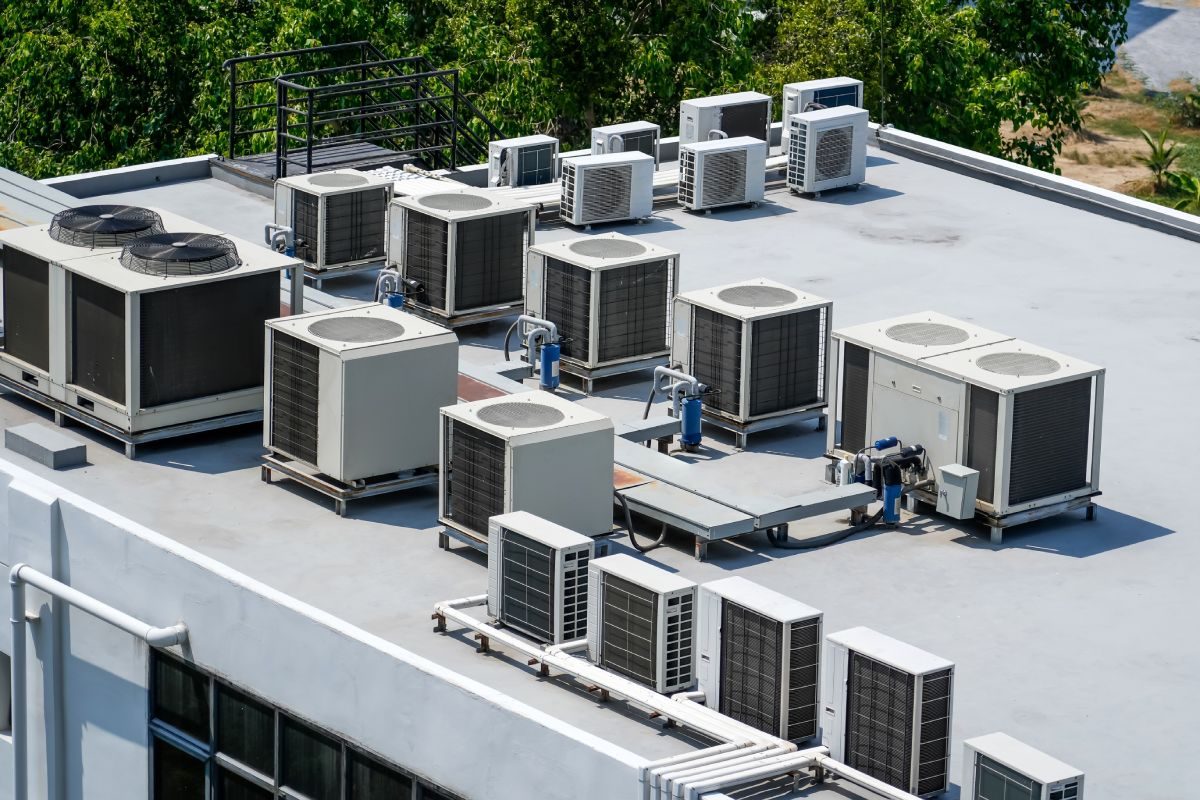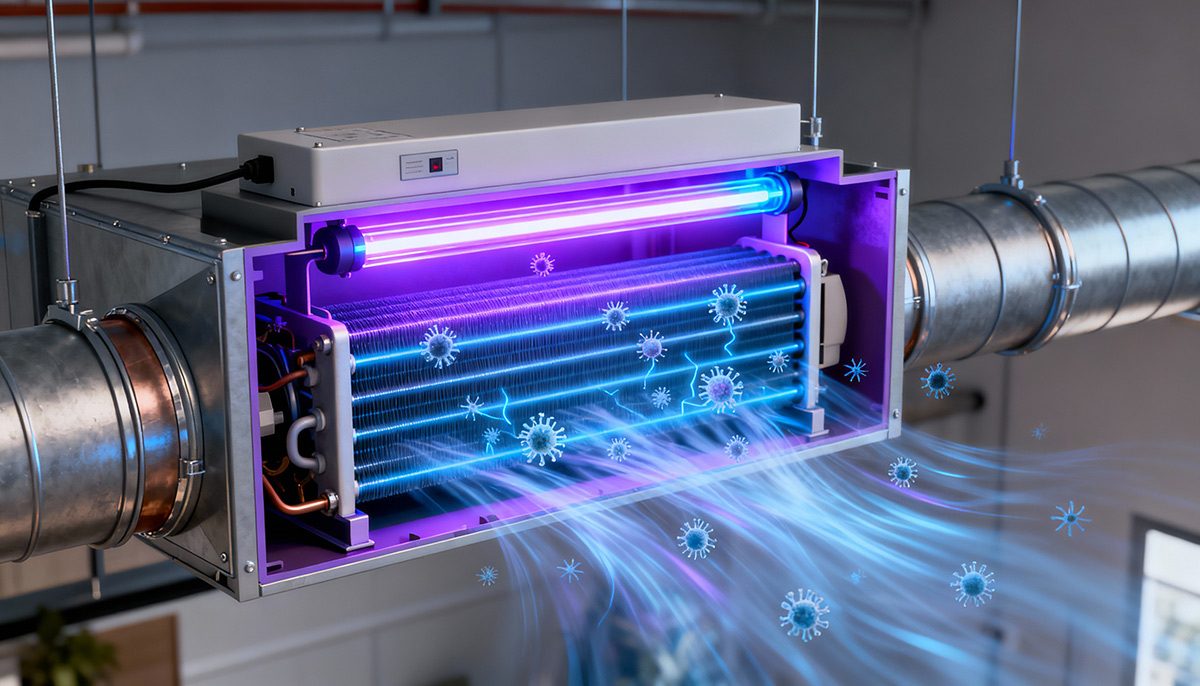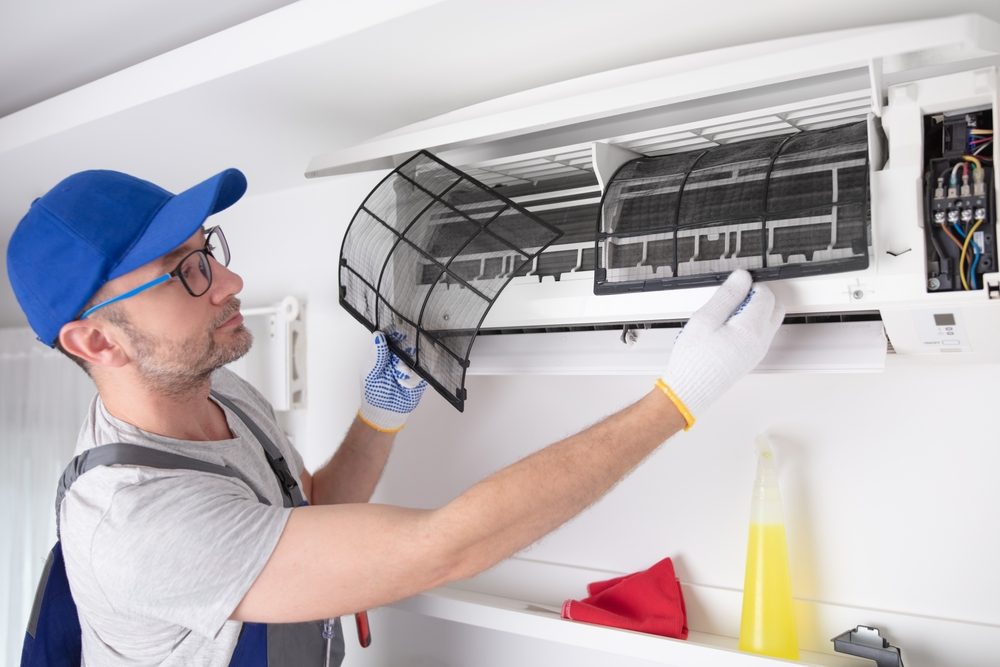
When we think about air conditioning, the coil is right in the centre of it all. In fact, coils are critical because they deal with the heat exchange process that makes cooling possible in the first place. They work by taking heat from indoors and then releasing it outdoors. It’s through these coils that an AC unit can do the work of keeping the indoor temperature just right.
It’s really important to understand the different types of AC coils as well as how they work so you can pinpoint maintenance issues early on and make sure your system is always working at peak performance. As a global leader in HVAC technology since 1924, Daikin’s experts have decades of expertise and have installed millions of units globally, and in this article we will break down everything you need to know about how coils play a central role in HVACs. We will break down the two different types of coils – evaporator and condenser – while also explaining how they work, how they differ, and what you need to know in terms of maintenance.
So let’s get started.
What are evaporator and condenser coils?
The best way to define these two different kinds of coils is to examine how they work. Evaporator coils work by absorbing heat from indoor air. In contrast, condenser coils release that heat outdoors. They each have an important job and work together as part of the refrigeration cycle.
The evaporator coil is located inside the indoor unit, near the air handler or furnace. Its job is to absorb heat from the air in the space you are wanting to cool. The condenser coil is actually in the outdoor unit and it takes the heat that’s been absorbed and then sends it back outside. It’s a transfer of heat which is continuous, helping keep the indoor space cool.
How evaporator coils work
The evaporator coil pulls in heat from the air indoors, while the condenser coil releases that heat back outside. They work hand-in-hand, efficiently cooling the desired space. To put it in a bit more detail: The evaporator coil is in the indoor unit and absorbs heat from the air moving through your home or workspace. The condenser coil, which is in the outdoor unit, then carries that absorbed heat outside and gets rid of it. This non-stop exchange of heat keeps the indoor environment cool and comfortable.
Contact Daikin for expert advice on coil cleaning and replacement.
How condenser coils work
It all starts with condenser coils taking the heat that they have absorbed from the indoor air and then releasing it outside. This happens due to the refrigerant absorbing the indoor heat, then it flows to the condenser coil which compresses it and cools it back into a liquid. It’s then sent outdoors using a fan. Given how central this function is to an AC unit, you must have a properly functioning condenser coil or the system will not be able to release heat and in turn the whole cooling cycle breaks down.
Key differences between evaporator and condenser coils
The main differences between evaporator and condenser coils are their functions, locations, heat transfer processes, and maintenance needs. Let’s look at these in more detail:
How they function: The evaporator coil absorbs heat from indoor air then the condenser coil releases it back outdoors. They are not an either/or – rather, they are both integral parts of the whole system.
Where they are located: The evaporator coil is in the indoor unit, usually near the air handler. The condenser coil is in the outdoor HVAC unit.
Heat transfer process: The evaporator coil takes care of absorbing heat and in the process it cools air and reduces humidity. The condenser coil removes the heat, using a fan to speed up the process.
Maintenance needs
Let’s now look at what each coil type needs when it comes to maintenance. For evaporator coils it’s important to have regular inspections because over time they can freeze up or have problems due to a buildup of dust. Getting ahead of these issues is key. For condenser coils, which are outdoors, it’s important to clean them regularly to remove leaves and dirt.
FAQs about evaporator and condenser coils
How can I tell if my evaporator or condenser coil is faulty?
You can tell a coil is faulty if your system struggles to cool the room down properly. Listen out for unusual noises and watch your energy bills to see if they spike. In all cases, it’s worth getting a professional inspection.
Which coil requires more maintenance, the evaporator or the condenser?
Both coils need regular maintenance but condenser coils need more frequent cleaning because they are exposed to outdoor elements.
Can dirty coils affect HVAC efficiency?
Yes. Dirty coils reduce heat transfer so your system has to work harder which can increase energy use.
How often should evaporator and condenser coils be cleaned?
Coils should be cleaned at least once each year, preferably before the period when they are going to be used most intensely. Systems which have high usage may require more frequent cleaning.
Understanding coils in your HVAC system
The difference between evaporator and condenser coils lies in one absorbing heat indoors and the other releasing it outdoors. But both are essential for efficient cooling. Keeping them clean and functional is one of the easiest ways to reduce energy costs and extend the life of your HVAC system.
About Daikin
Daikin began back in 1924 with just a handful of employees and today is a global leader in HVAC technology with almost 100,000 employees worldwide. We have decades of experience in advanced HVAC technology, and offer systems with durable and efficient coils designed for long-lasting performance.
Whether it’s for residential and commercial use, our products are trusted by millions for reliable, energy-efficient heating and cooling systems. Daikin systems are top-rated, and our flagship technologies cover everything from the VRV (Variable Refrigerant Volume) system for commercial buildings, to heat pumps, many kinds of central air systems, air purifiers, dehumidifiers, as well as advanced smart thermostats.
Get in touch with Daikin today to discuss your HVAC requirements.



